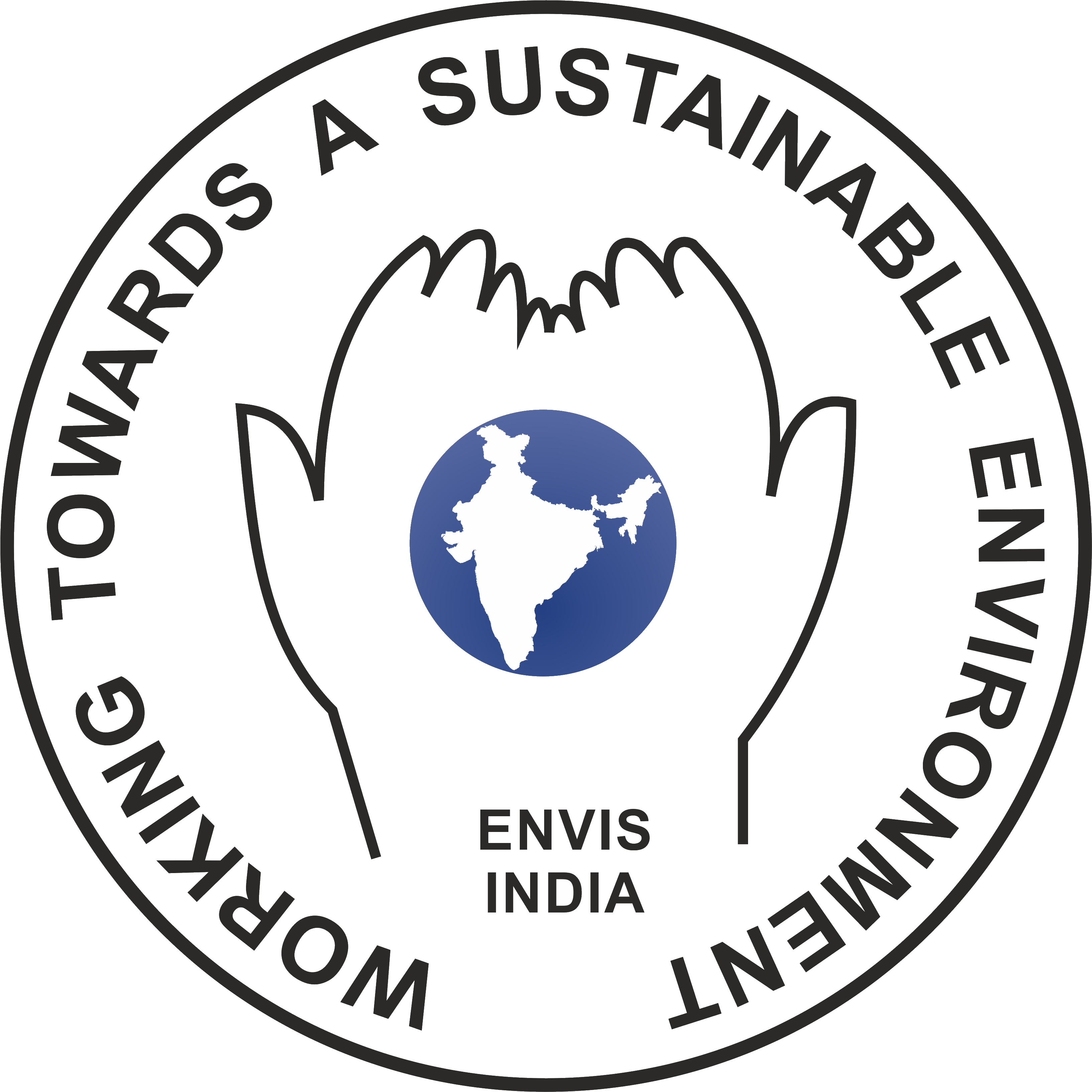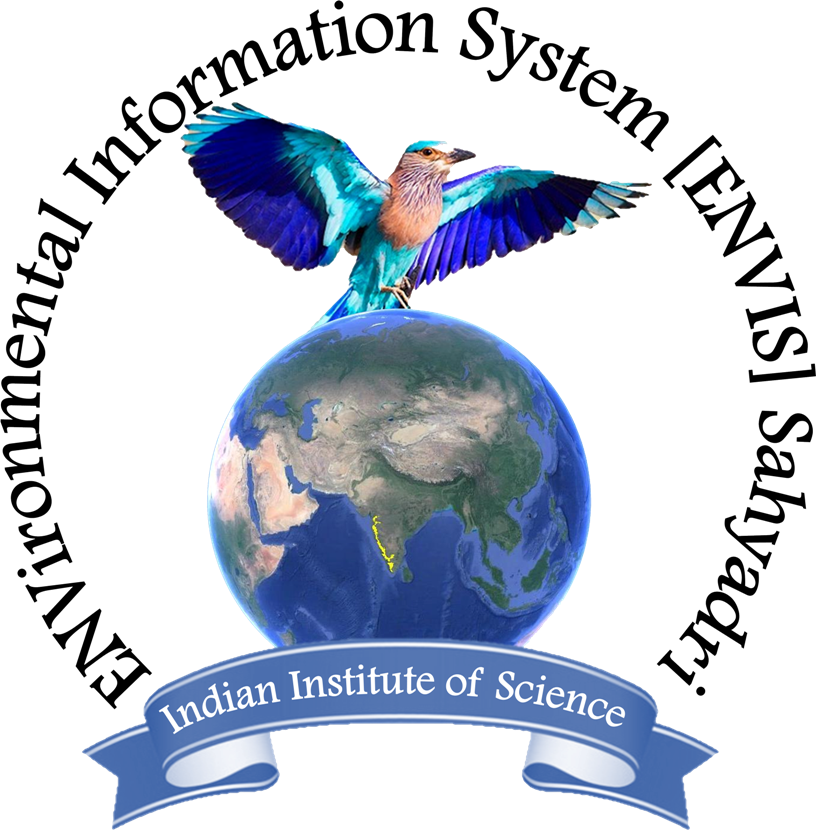Integrated Wetlands Ecosystem at Jakkur Lake, Bangalore: Optimal Wastewater TreatmentCite
Ramachandra T.V., Durga Madhab Mahapatra, Sudarshan P. Bhat, Asulabha K.S., Sincy Varghese, Bharath H. Aithal
ENVIS[RP], Environmental Information System, Energy and Wetlands
Research Group,
Centre for Ecological Sciences, Indian Institute of Science -
560012
envis.ces@iisc.ac.in
tvr@iisc.ac.in Phone:
080 22933099/22933503
Summary
Urbanisation involves changes in vast expanse of land cover with the progressive concentration of human population. The urbanized landscape provides to its inhabitants the complex social and economic environment leading to further increase in population. Bangalore had flourished in earlier times owing to its salubrious microclimate, availability of water and other resources in the city. Unplanned urbanisation leads to haphazard growth altering the local ecology, hydrology and environment. Consequences of the unplanned urbanisation are enhanced pollution levels, lack of adequate infrastructure and basic amenities. This is evident in Bangalore with severe scarcity of water, frequent flooding, enhanced pollution levels, uncongenial buildings, mismanagement of solid and liquid wastes, etc. Sewage generated in urban households is either untreated or partially treated, which is finally let into water bodies through trunk sewers and storm water network. Although sustained inflow of sewage into water bodies has maintained the water levels in the system of interconnected lakes but it has also contributed to the contamination of surface as well as groundwater sources. Bangalore city is facing severe water shortages today due to insufficient piped supply coupled with the fast decline of groundwater table. Cauvery River caters to only 55% of over 9 million population and balance is met through groundwater. Plummeting groundwater table is due to poor infiltration because of increasing paved surface and also over exploitation. This study explores the feasibility of reuse of water through integrated wetlands ecosystem to mitigate the water crisis in the city.
Integrated wetlands system consists of sewage treatment plant, constructed wetlands (with location specific macrophytes), algal pond integrated with a lake. This model is working satisfactorily at Jakkur. The sewage treatment plant removes contaminants ~ 76 % COD (380 mg/l - 88 mg/l); ~78 % BOD (220-47 mg/l); and mineralises organic nutrients (NO3-N, PO43-P to inorganic constituents. Integration of the conventional treatment system with wetlands [consisting of reed bed (with typha etc.) and algal pond] would help in the complete removal of nutrients in the cost effective way. Four to five days of residence time helps in the removal of pathogen apart from nutrients. However, this requires regular maintenance through harvesting macrophytes and algae (from algal ponds). Harvested algae would have energy value, which could be used for biofuel production. The combined activity of algae and macrophytes helps in the removal of ~45% COD, ~66 % BOD, ~33 % NO3-N and ~40 % PO43-P. Jakkur lake acts as the final level of treatment that removes ~32 % COD, ~23% BOD, ~ 0.3 % NO3-N and ~34 % PO43-P. The lake water with a nominal effort of sunlight exposure and filtration would provide potable water. Replication of this model in Bangalore would help in meeting the water demand and also helps in recharging of groundwater sources without any contamination.
Keywords: Wetlands, algae, nutrient removal, bioremediation, Jakkur Lake


 Sahyadri ENews Issues: I - LXXVIII
Sahyadri ENews Issues: I - LXXVIII
